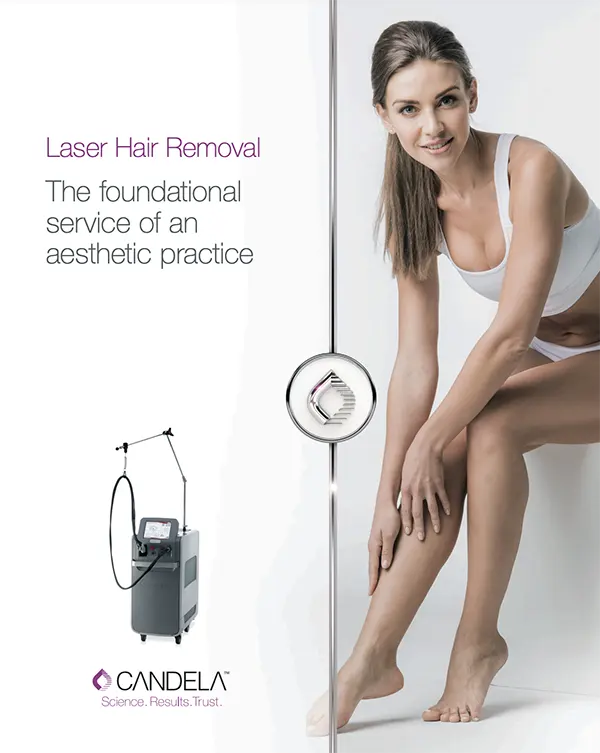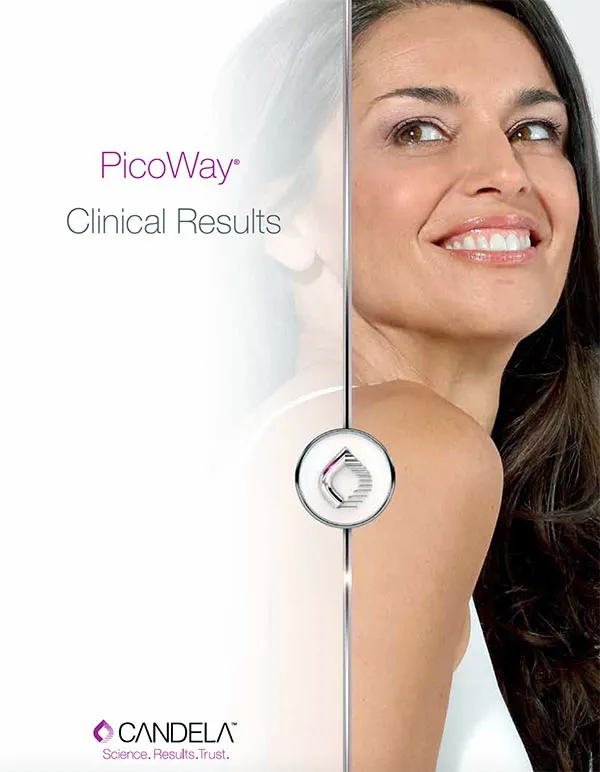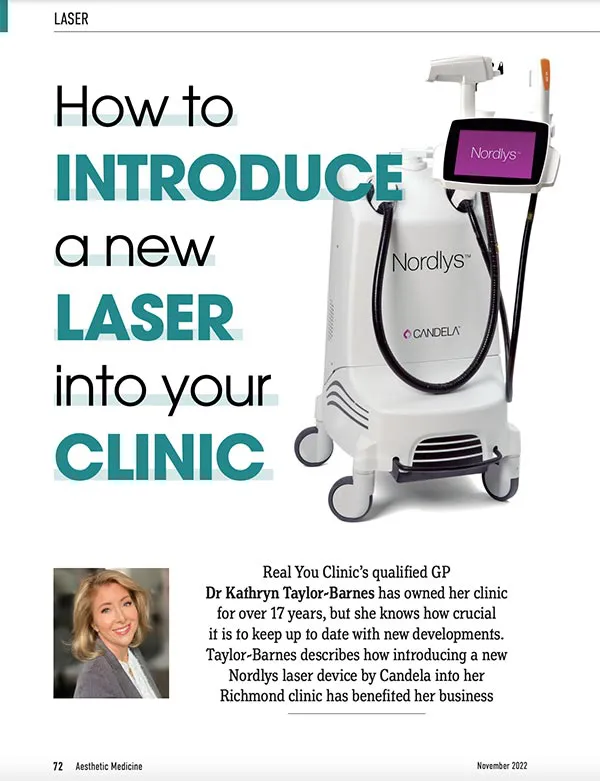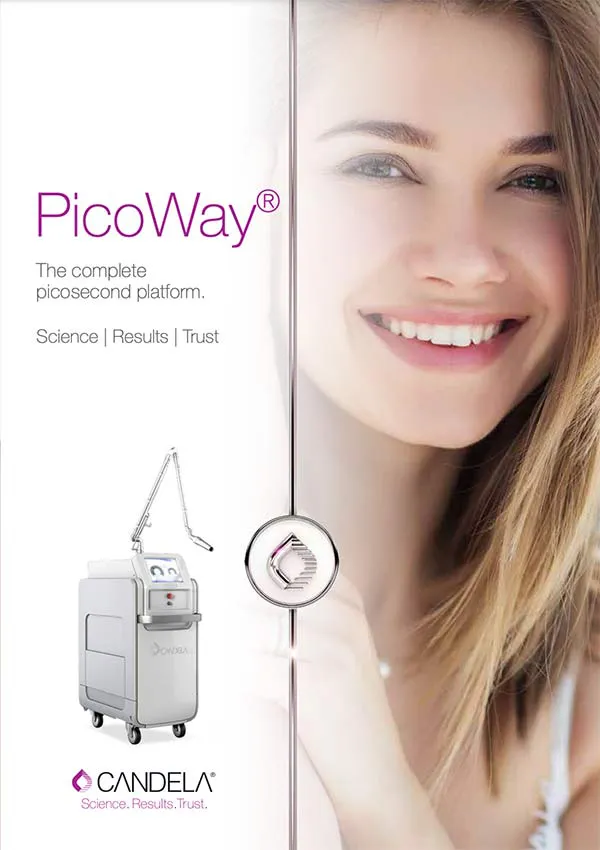Article & Industry Publication
Article & Industry Publication
Europe, Middle East and Africa
PicoWay clinical results
Article & Industry Publication
Europe, Middle East and Africa
How to introduce a new laser into your clinic
Article & Industry Publication
Europe, Middle East and Africa
eBook 'PicoWay® - Science, Results, Trust'
Article & Industry Publication
North America
Practice playbook
Article & Industry Publication
North America
Injecting energy into your practice
Article & Industry Publication
Asia Pacific
Top 10 tips on growing your laser beauty clinic
Article & Industry Publication
North America
Complete guide: Marketing to millennials
Article & Industry Publication
North America
 Japan
Japan Korea
Korea China
China








